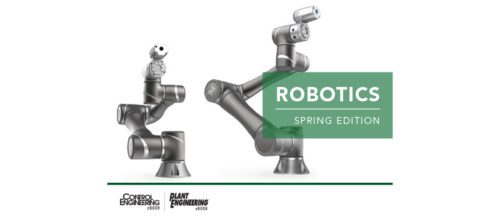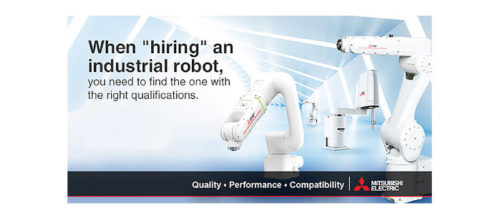Collaborative and mobile robots will enhance productivity
Collaborative robots and mobile robots can enhance automation and productivity on the plant floor when their attributes are combined.
Collaborative robots and mobile robots are productive automated systems for the right applications. Many of the major robot manufacturers have had prototypes in development for years and the need for these systems exists. They will become a more common sight in the industrial sector very soon.
While collaborative robots and mobile platforms are both mature robotic technologies, they have yet to reach full maturity as a technology working together. As these types of robots enter the marketplace, they’ll bring higher productivity in a number of different applications.
What are collaborative robots and mobile robots?
Collaborative robots are designed for industrial or scientific use in close collaboration with human workers. As opposed to industrial robots, which require expensive safety fencing and equipment, collaborative robots feature rounded joints and force control to safely work on a task with a human nearby.
Mobile robots, primarily autonomous mobile robots (AMR), are robotic platforms capable of moving to the task in which they’re assigned. AMRs are equipped with advanced sensors and computing abilities to autonomously navigate dynamic environments while avoiding collisions.
When collaborative and mobile robots integrate into a single system, there are several productivity benefits. For example, the primary advantage of adding mobility to a collaborative robot is reducing the system’s downtime. A stationary collaborative robot must be manually moved between tasks or an elaborate system to move the part to the robot must be implemented. Mobility simplifies the process while increasing uptime.
Mobile collaborative robots offer better use of space and less operator intervention, which extends their productivity. With mobility, collaborative robots achieve an even higher degree of autonomy. This enhances efficiency in tasks such as material handling, which allows human workers to focus on more important priorities.
Mobile collaborative robots are an exciting innovation in the world of robotics. They’ll bring many productivity advantages to shop floors and warehouses around the world when they’re mature enough to be commercially viable.
This article originally appeared on the Robotics Online Blog. Robotic Industries Association (RIA) is a part of the Association for Advancing Automation (A3), a CFE Media content partner. Edited by Chris Vavra, production editor, Control Engineering, CFE Media, cvavra@cfemedia.com.
Original content can be found at www.robotics.org.
Do you have experience and expertise with the topics mentioned in this content? You should consider contributing to our CFE Media editorial team and getting the recognition you and your company deserve. Click here to start this process.



